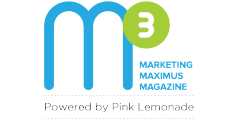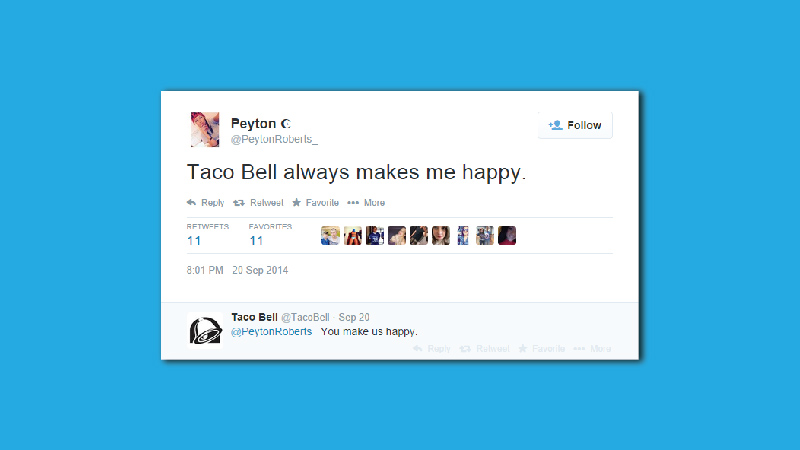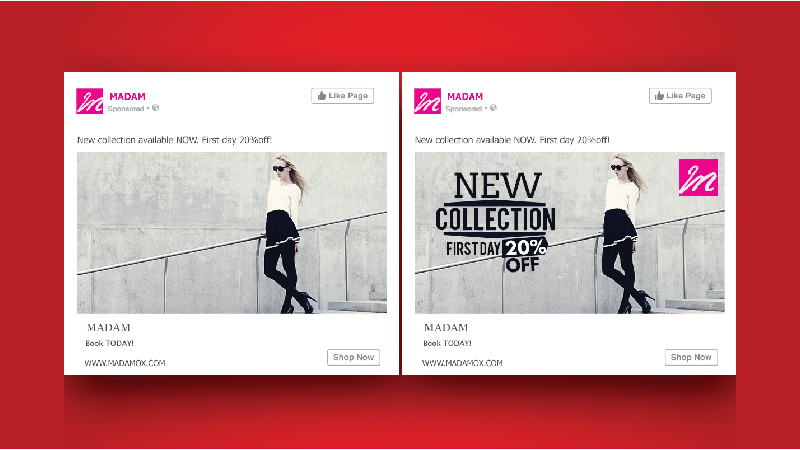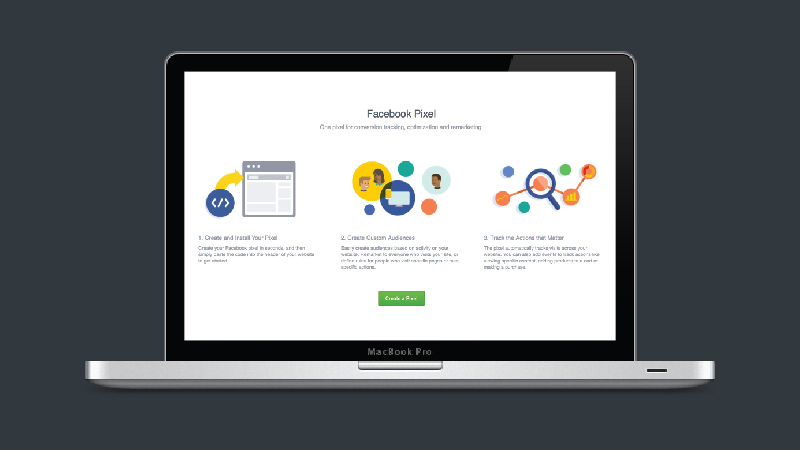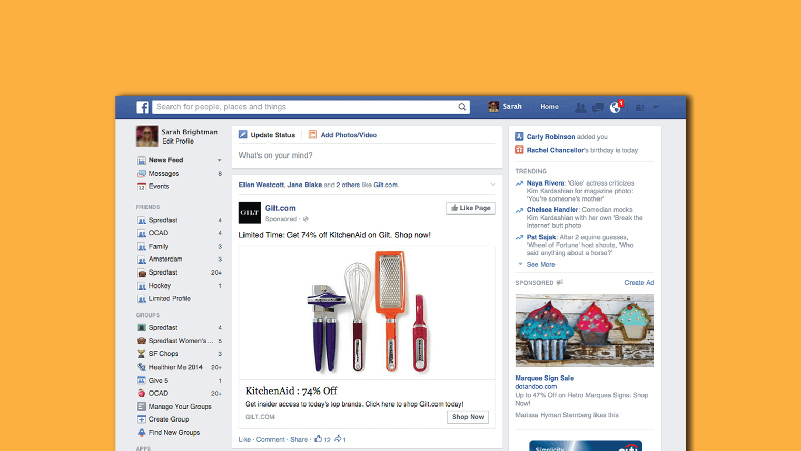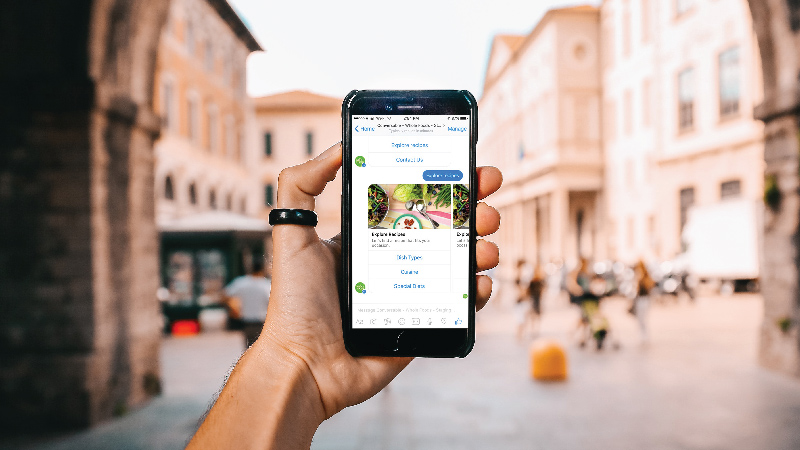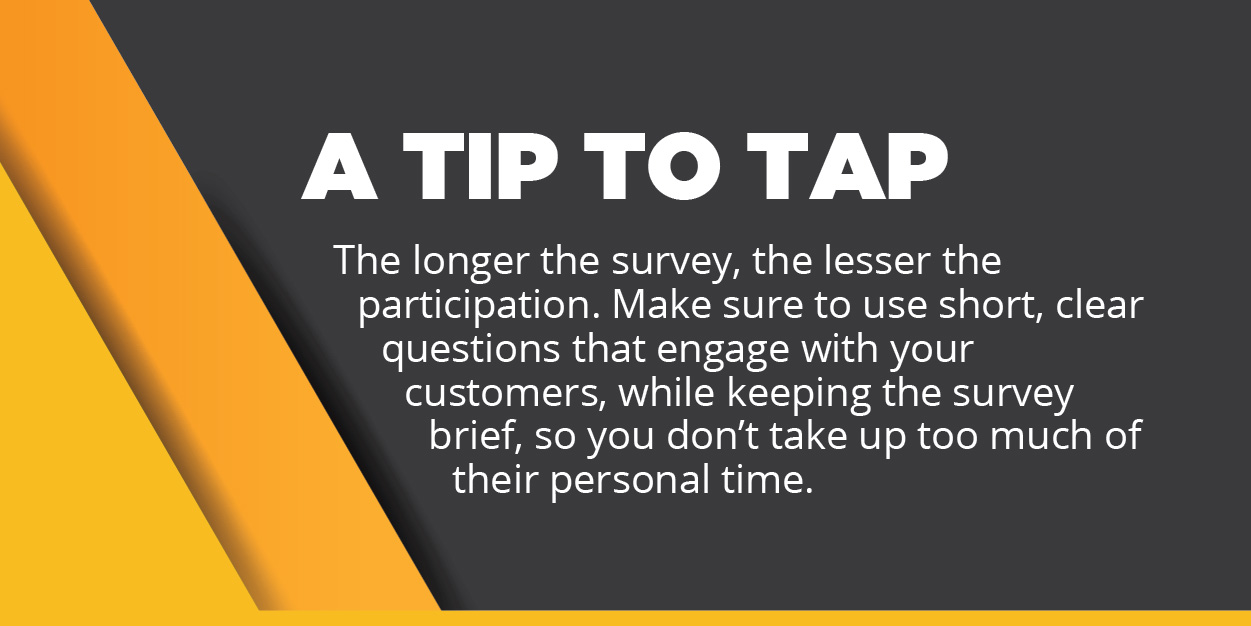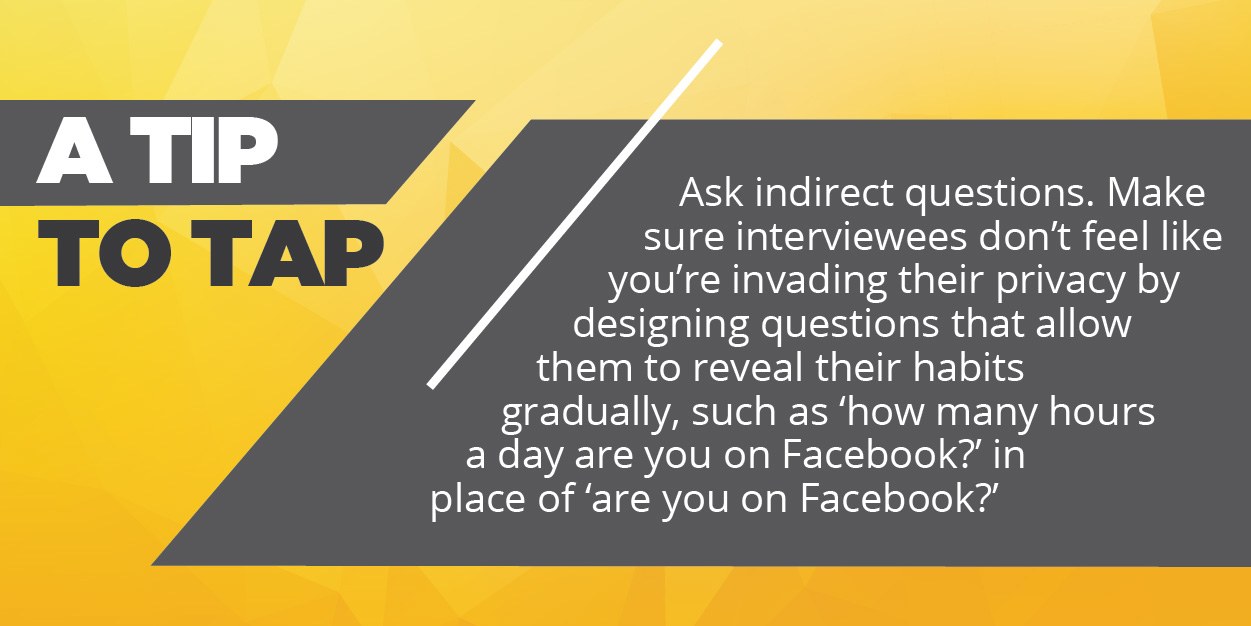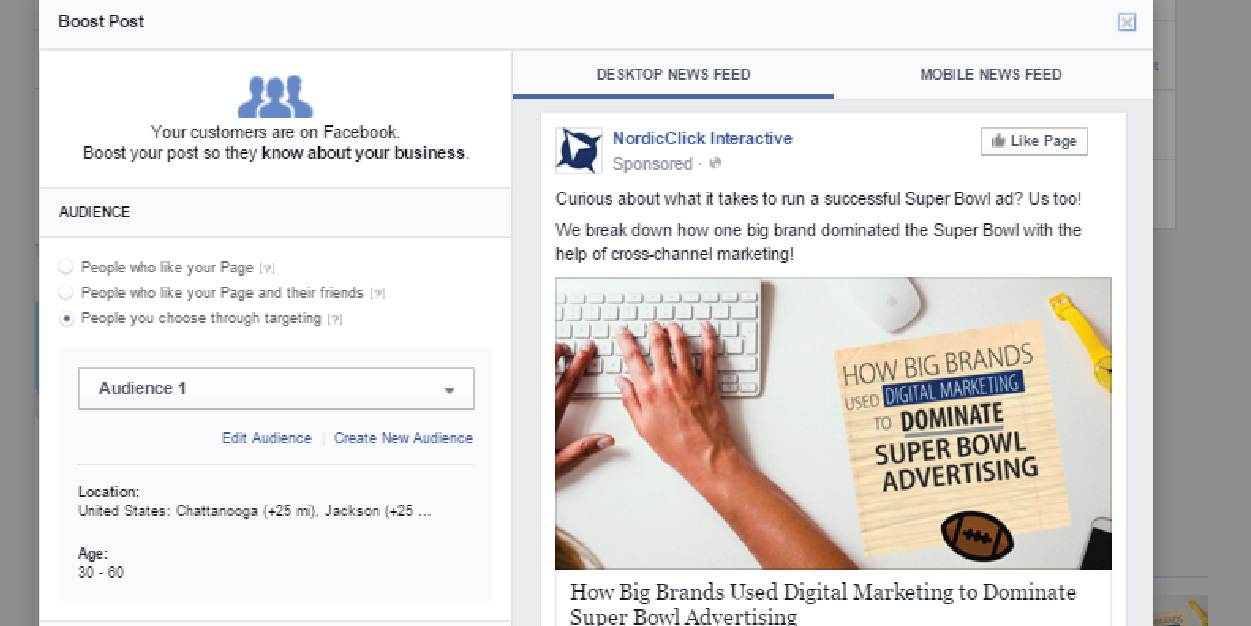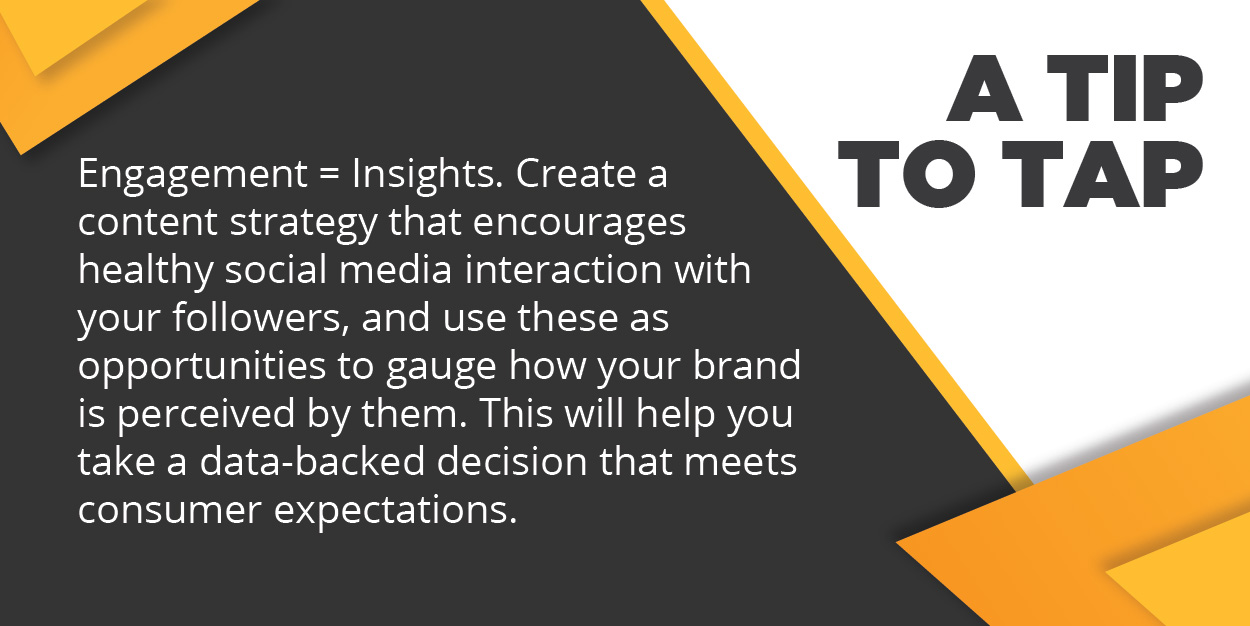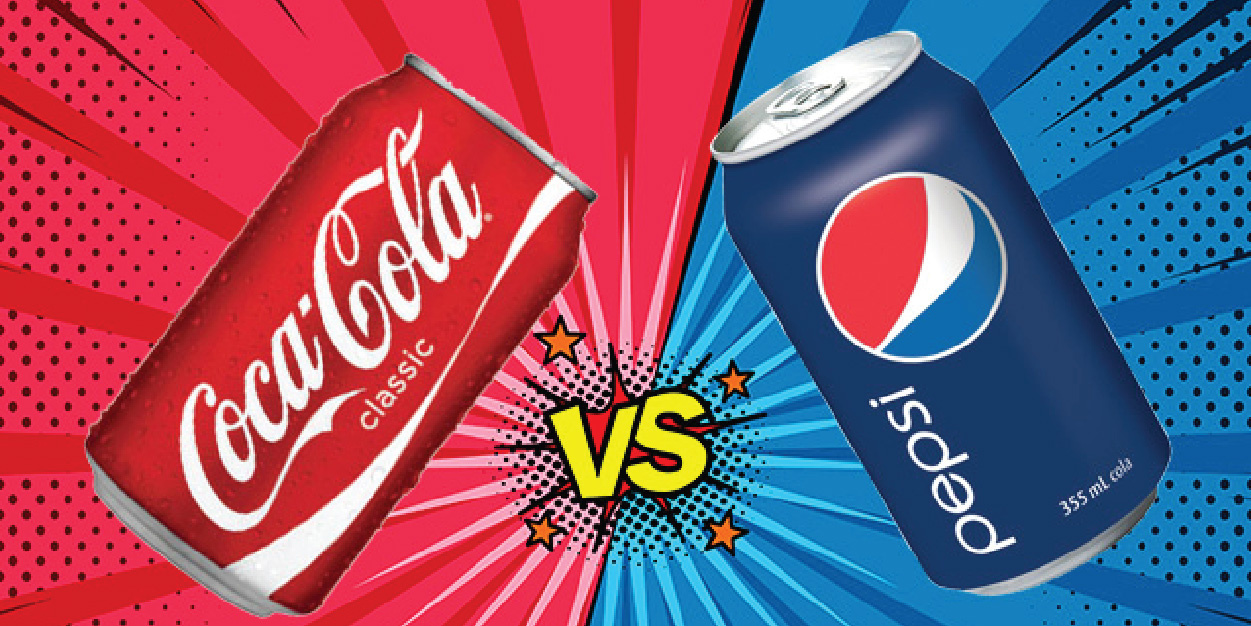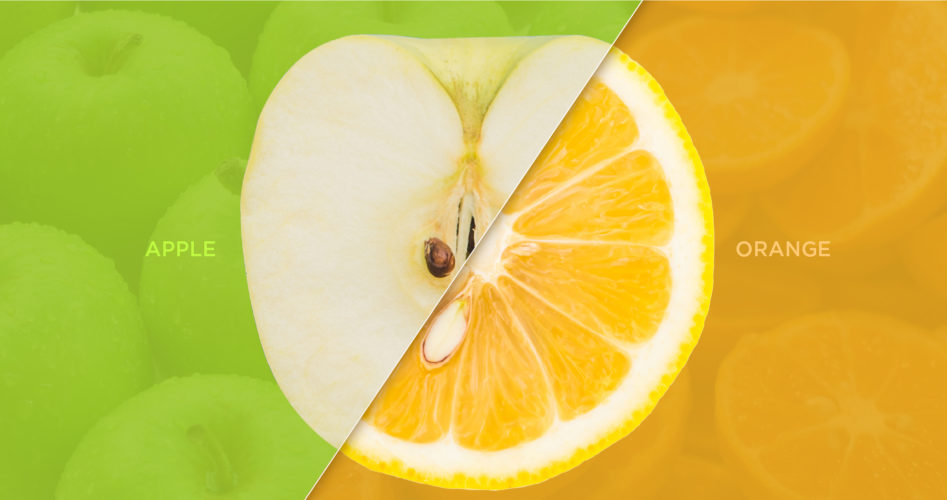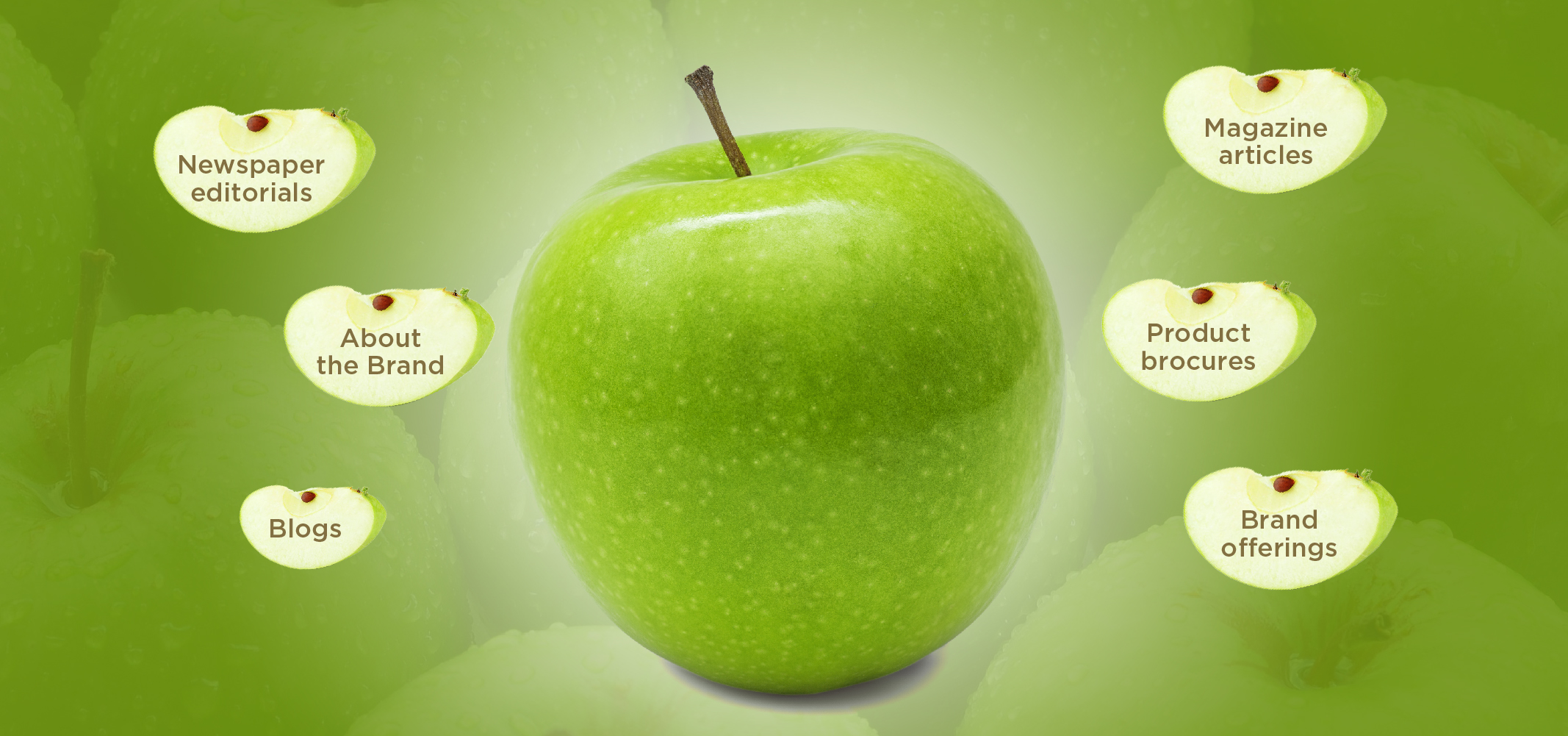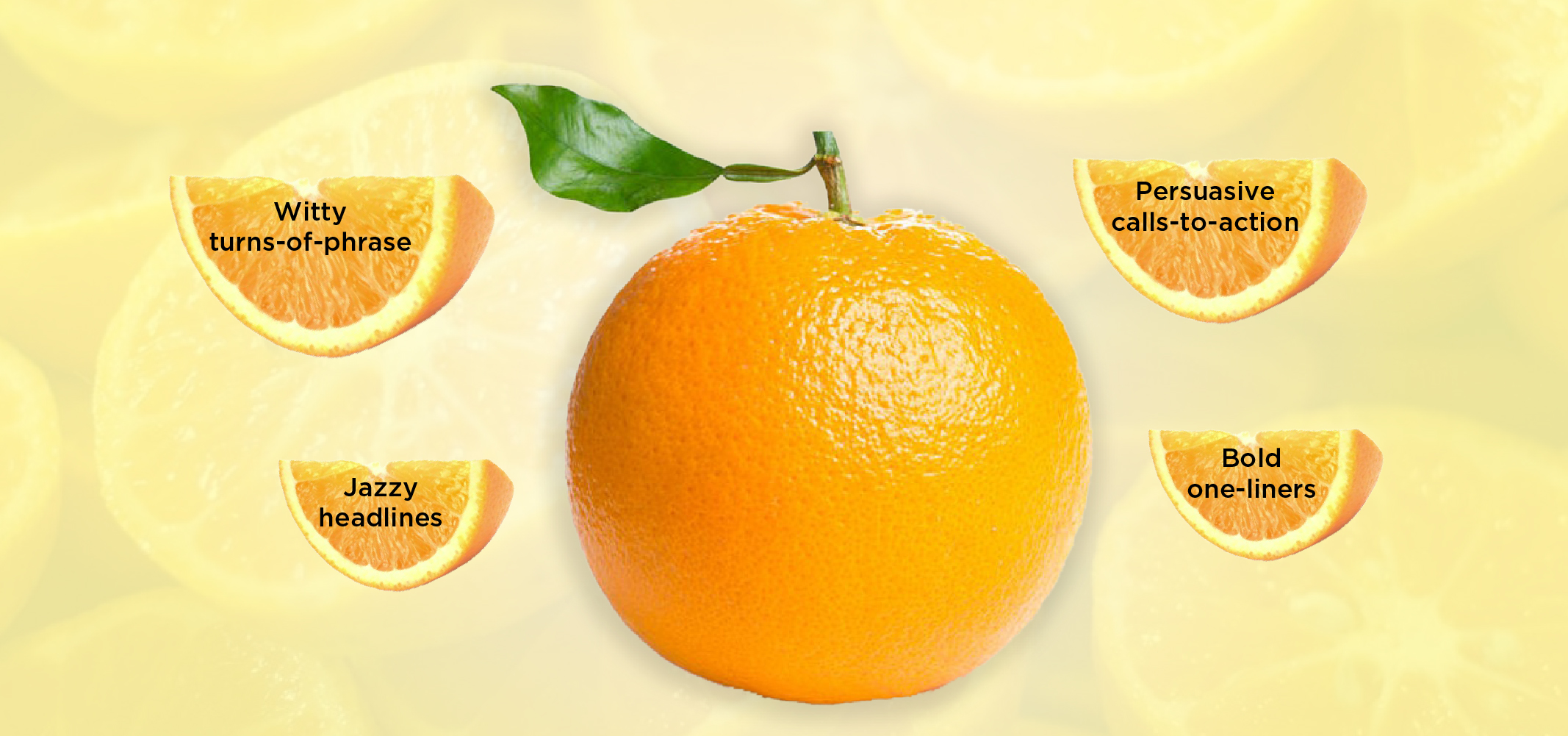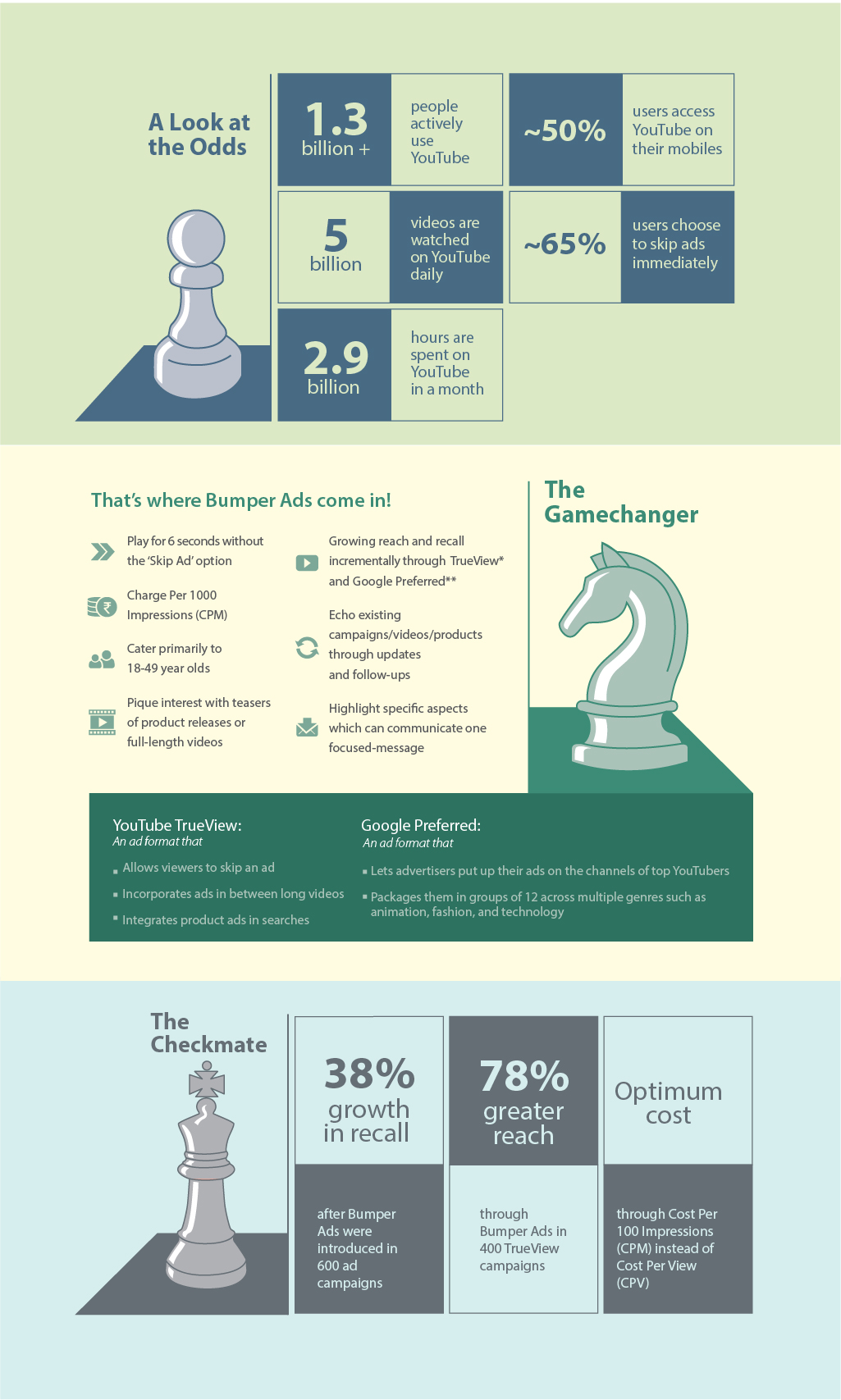2019 is here. And if sci-fi movies of the 80s such as Blade Runner and The Running Man are anything to go by, marketing is supposed to be dominated by holographic neon signs and visual transmissions sent straight to our brains. Thankfully, 2019 seems to be following a completely different, yet similar tech-centric trajectory when it comes to marketing. As the lines between advertising and technology blur, let’s look into the crystal ball and see what 2019 might have in store for us.

Artificial Intelligence (AI) is taking over the world — one function at a time! According to Tech Republic, AI’s presence in business implementation shot up from 38% in 2016 to 61% in 2017, in a span of just a year. While most of this has been in the form of predictive analytics, virtual assistants, and diagnostic engines, 2019 could be the year AI moves to more complex functions. Here’s how:
-
- Bidding for the most effective digital spaces for your brand
- Finding consumers who match your existing target group
- Creating personalized content to grab your audience’s attention
And these are just a few of the roles AI can play. We can’t wait to see what it has in store for the future.
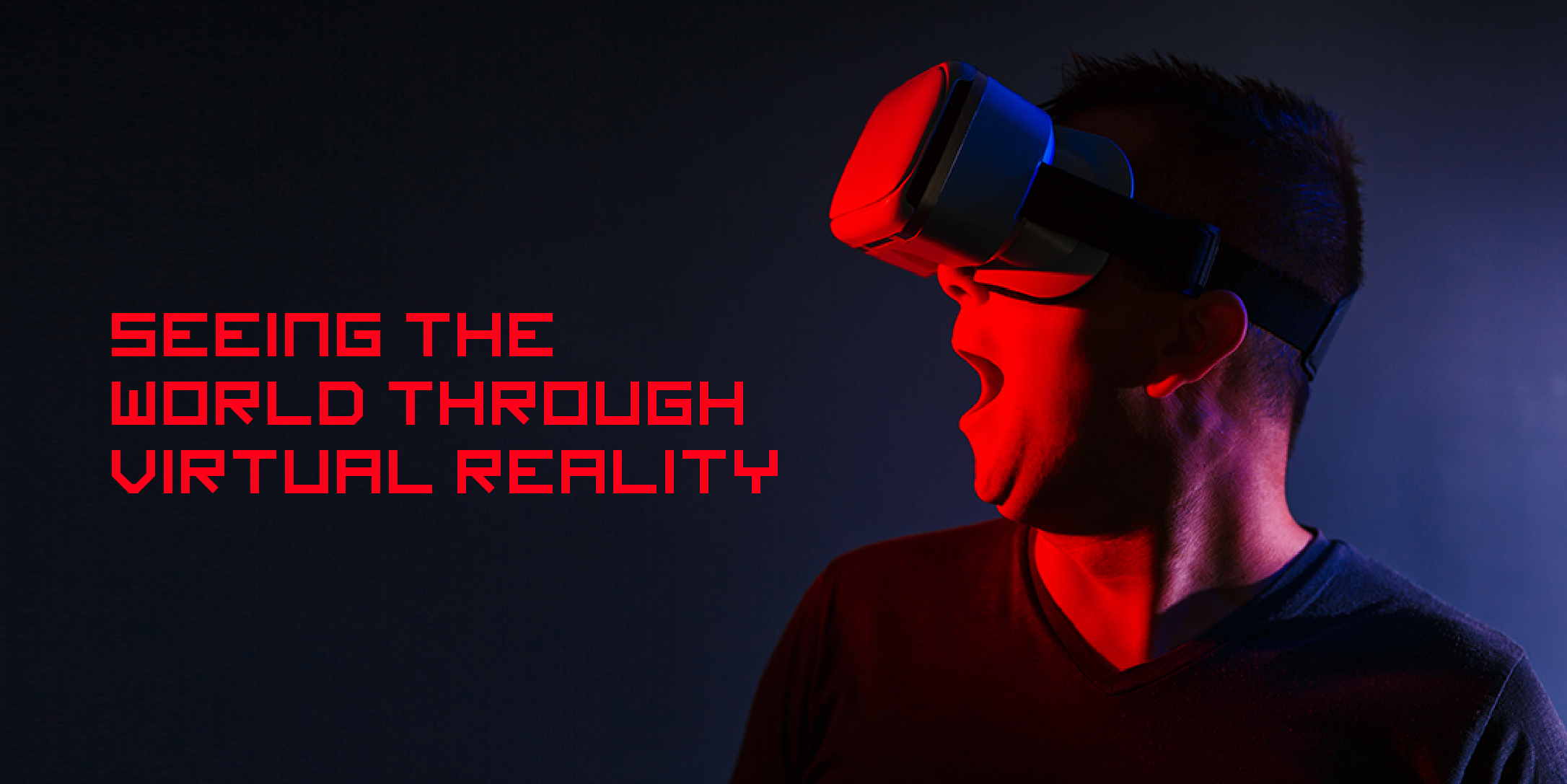
Remember that bit about transmissions to your brain? Well, such technology isn’t completely fiction any longer. Marketers the world over are beginning to see the potential of advertising on Virtual Reality (VR) platforms, thanks to the ever-reducing ROI on traditional digital advertisements. This drop in returns has been caused by a sudden increase in the number of netizens using adblock softwares, pushing marketers to VR to promote their offerings. In fact, furniture maker IKEA and footwear manufacturer Merrell, have both released interactive VR apps that feature their products. While the IKEA app lets users experience their stores across the world, Trailscape promotes Merrell’s brand-new Capra shoe by allowing users to feel the thrill of climbing up and hiking in different natural terrains.

Don’t worry, 2019 won’t be as impersonal as it may seem. While influencer marketing has been around for some time, more brands are collaborating with local influencers to get their word out. These influencers generally have anywhere between 10,000 and 50,000 followers and represent a more niche section of the society. Because of this, they also have a better rapport with their audiences than more established influencers. So, consider coming up with branded hashtags that can be used by the micro-influencer.
This will help you promote your products or services easily by tapping into their fan base.
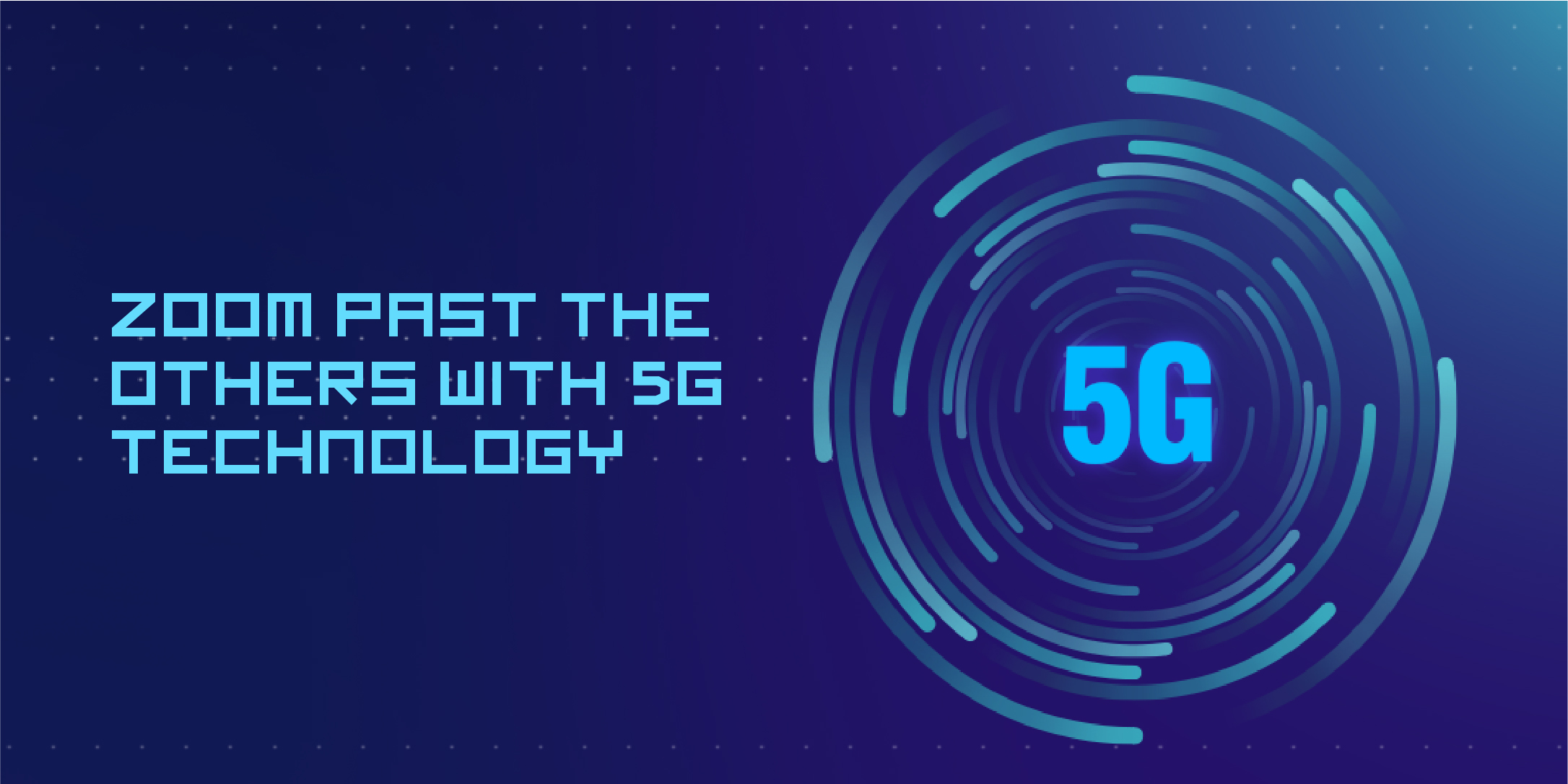
4G is so passé! In 2019, marketers will be able to communicate with more people in less time, all thanks to 5G. Just as 4G boosted video consumption to an average of one hour of content per person per day, 5G is expected to bring Augmented Reality (AR) and VR straight into our homes. This pathbreaking service, which is already gaining traction in the United States, Japan, South Korea, and China, will let smartphone browsing speeds zoom up to nearly 20GBPS. It is expected to hit Indian shores in the latter half of 2019 and is sure to revolutionize the way marketers operate.

For too long, people have had to type their search queries on Google! With the introduction of apps such as Google Lens, advertisers can now create more engaging content both online and offline to draw in curious customers. On the non-digital front, marketers can use this technology through posters with gripping visuals and thought-provoking content pieces that are indirectly connected to the product. This way, smartphone users will have to whip out their mobiles and use Google Lens to search for the visual, in turn discovering their product. Truly a sight to behold, don’t you agree?

While 2018 was the year of purpose-driven content, 2019 seems to be the year of interactive marketing. In fact, over 90% of marketers claim that interactive marketing strategies, both online and in the real world, have led to 2x conversions. Of course, this doesn’t come as much of a surprise. Due to its relevance, virality, and inherently human nature, interactive marketing has been adopted by leading brands across the world. KPT, the Swiss health insurance firm, used the ‘Smileball’ — a pinball machine controlled by the player’s smile — to reinforce their claim of having the most happiest customers. Similarly, Netflix’s latest installment of the Black Mirror series, ‘Bandersnatch’, brings interactive content straight to our devices by allowing viewers to dictate the movie’s storyline. Given how this form of marketing is being adopted globally, only time will tell what this strategy has in store for us.
Marketing in 2019 in going to be more agile, more intuitive, more tech-oriented, and more visual than ever. So, to keep up with this tech evolution, all you need to do is keep a ear to the ground and an eye open for what the future holds.
